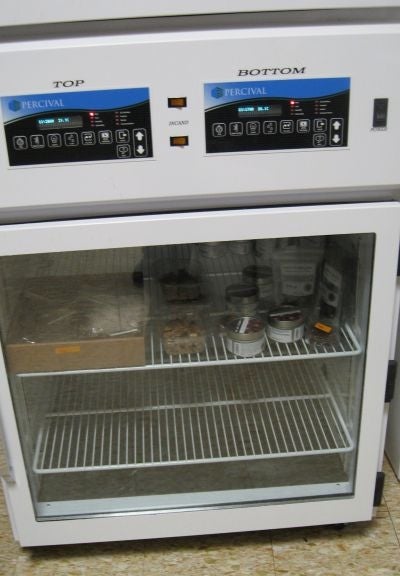How to tell when good candy has turned bad

Did you know candy has a secret shelf life all its own? Food scientists at Kansas State University offered lab-tested tips this week on how to tell when your favorite treats are past their prime, and how to store them.
"The shelf life depends on the type of candy, packaging and storage conditions," Karen Blakeslee, food safety researcher at Kansas State University in the United States, said in a news release dated October 4. "Shelf life can vary anywhere from two weeks to a year."
She and professor of food science Fadi Aramouni suggest that if a candy appears extremely sticky or has a grainy texture, then it has most likely expired due to temperature changes and the crystallization of sugar. As a result, it may develop an off flavor, have a change in color, or turn moldy if it contains fruits or nuts.
Expired candy can also carry microbes that can make you sick. Aramouni, who studies food safety and food allergies in his lab, said that there have even been cases of salmonella poisoning from the consumption of old chocolate. Currently, he tests gourmet treats from the high-end US grocery chain Dean and Deluca in incubators that speed up the aging process in chocolates, peanut brittles, chocolate peanuts, and English toffee, so the store can properly date its products. The incubators work by storing the food at higher temperatures - storing candy in an incubator at 35 degrees Celsius for six weeks equals six months on the shelf at room temperature (25 degrees Celsius). During the process, Aramouni takes weekly samples to test for microbes, moisture, taste, and other chemical measures.
So what do the experts say about storing the sweet stuff? A general rule of thumb is that the softer the candy, then the shorter its shelf life. And keep your goodies stored in a cool, dry place, preferably at room temperature.
"Heat can cause many candies to melt and get too sticky," Blakeslee said. "Chocolate can get a powdery look to it - called bloom - because of temperature changes, but it is still fine to eat."
Hard candies can last up to a year when stored properly, and jellied candies, caramels, and gum can last anywhere from six to nine months. Dark chocolate can be kept for one to two years if wrapped in foil and stored in a cool, dark, and dry place. Milk and white chocolates last no more than eight to 10 months.
"It is OK to throw away old candy," advises Aramouni. "Don't feel compelled to eat it. It's mostly empty calories after all."
Join our commenting forum
Join thought-provoking conversations, follow other Independent readers and see their replies
Comments
Bookmark popover
Removed from bookmarks